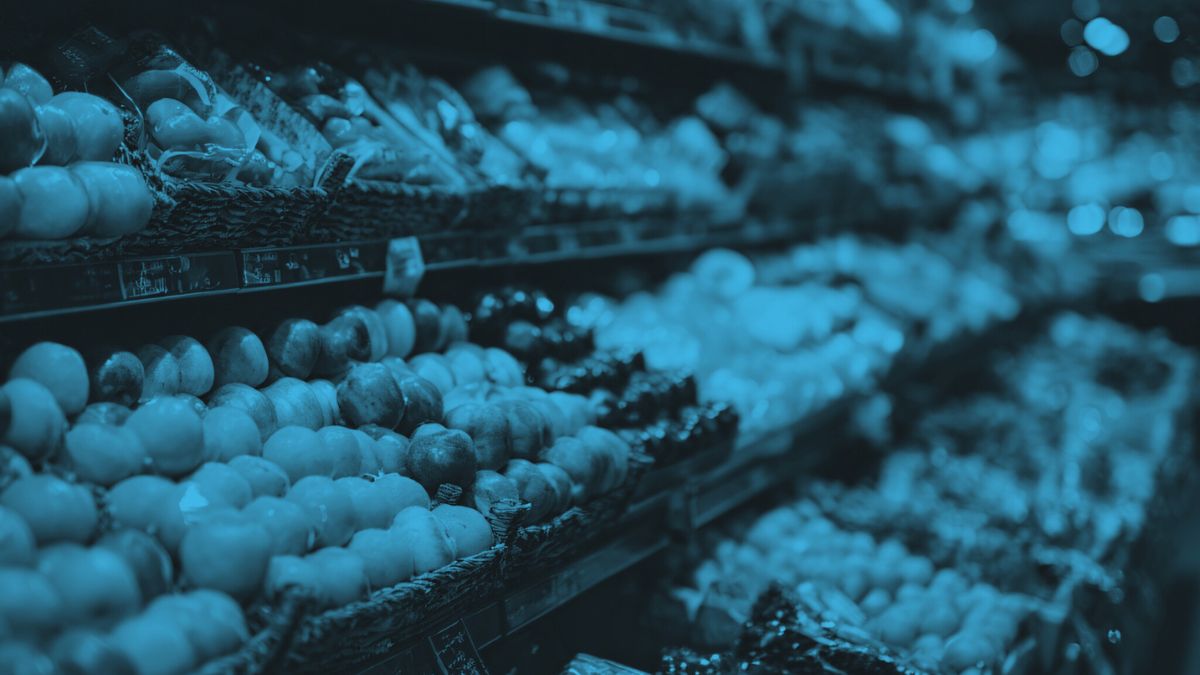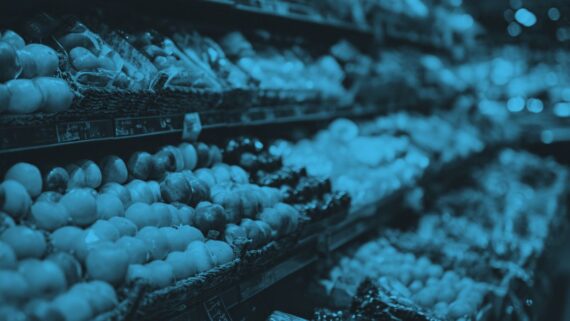
How to stay ahead of produce transition periods
If you’ve been in produce long enough, you know transition is a season all its own – the window when one growing region winds down and another ramps up, and suddenly everything from supply to transportation to temperature control is in motion.
Transition periods are where smart planning and real-time visibility make all the difference.
What is Transition and why it matters
A transition period happens when crops move between growing regions – like the Salinas to Yuma, or Mexico to the Southeast. During that changeover, your steady rhythm of loads can turn unpredictable fast.
- Supply tightens as one region finishes up
- Carriers reposition equipment to new shipping lanes
- Rates climb as capacity tightens
- Transit times stretch and consistency dips
For growers and shippers, it’s the combination of variability, cost, and time, and it hits hard when planning doesn’t keep up.
Two seasons, two playbooks
Many produce shippers run dual-season operations. Lettuce, peppers, tomatoes, and other commodities growers in California peak in spring/summer and Arizona for fall/winter.
Unfortunately, fruit shippers don’t have that luxury. Single-season crops mean no backup plan when harvest ends, and that’s when every day – and every load – counts.
No matter your commodity, transition periods test your ability to stay flexible while keeping product fresh and customers happy.
Hidden costs to look out for
It’s easy to look at line-haul rates and think that’s the cost of transition. But there’s more under the surface:
- Inconsistent supply can disrupt production schedules
- Tighter reefer capacity drives spot rates up
- Extra handling time leads to missed delivery windows
- Longer distances increase temperature risk and spoilage potential
It’s the iceberg effect…what’s visible is only part of the story.
How to stay ahead of transitions
You can’t stop the seasons from changing, but you can control how you respond.
Here’s how top produce growers and shippers stay proactive:
- Forecast early and often. Pair crop-cycle data with your TMS insights to anticipate shifts before they happen.
- Build regional flexibility. Line up suppliers in overlapping zones to minimize downtime.
- Lock in carrier partnerships. Reliable carriers help maintain service continuity even when lanes shift.
- Monitor cold chain integrity. Use real-time tracking to catch temperature deviations early.
- Leverage managed transportation. A TMS partner helps balance cost, service, and visibility when the pressure is on.
Turn transition into a competitive edge
Transition periods will always bring volatility, but with the right logistics strategy, they don’t have to bring chaos.
At DLX, we help produce shippers turn seasonal uncertainty into strategic advantage. From forecasting freight demand to securing capacity ahead of time, our XTMS platform and dedicated operations team give you the visibility and control you need to move with the market, not chase it.
About Dynamic Logistix
Dynamic Logistix is a third-party provider of produce shipping and freight solutions that combines a world-class technology platform with stellar personal service. By providing superior visibility, transparent processes, and comprehensive real-time reporting through our transportation management software, produce clients save time and money. For more information, please visit our website and check out our LinkedIn page to join our growing team.



